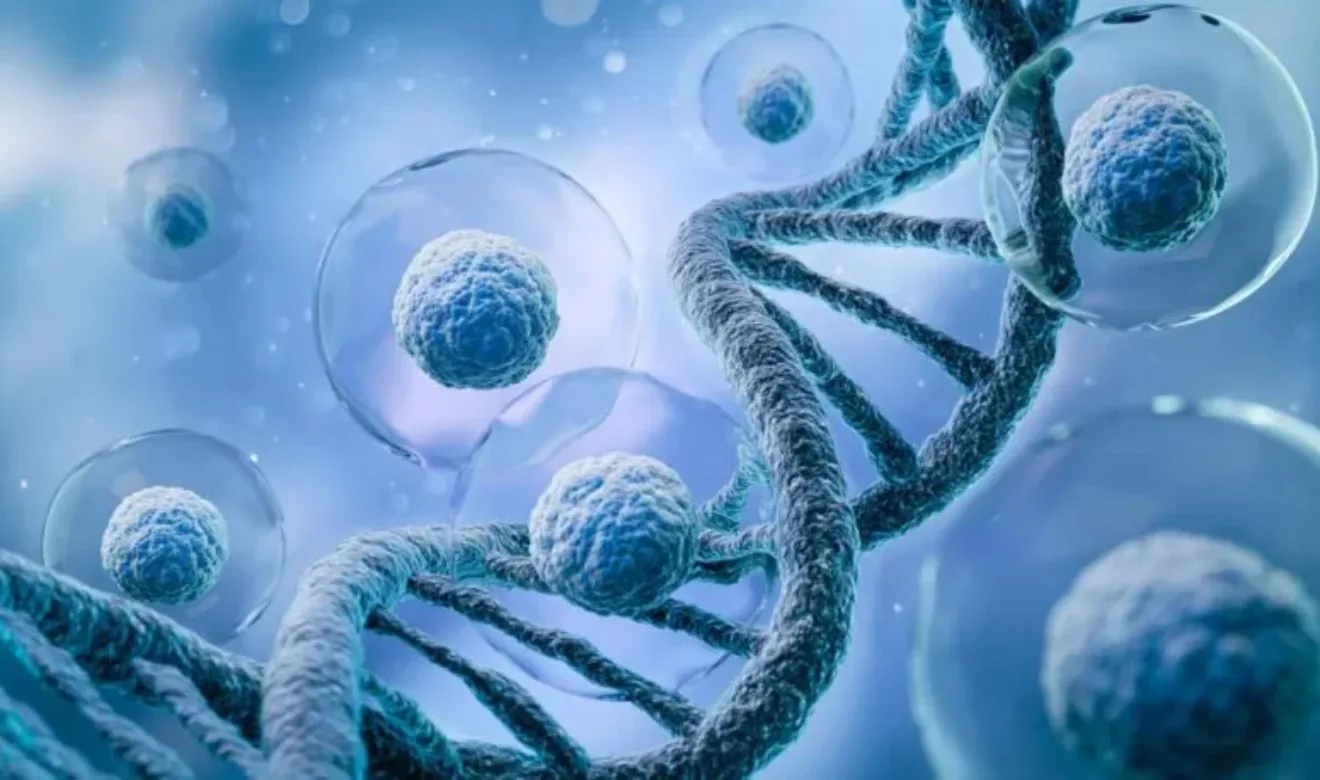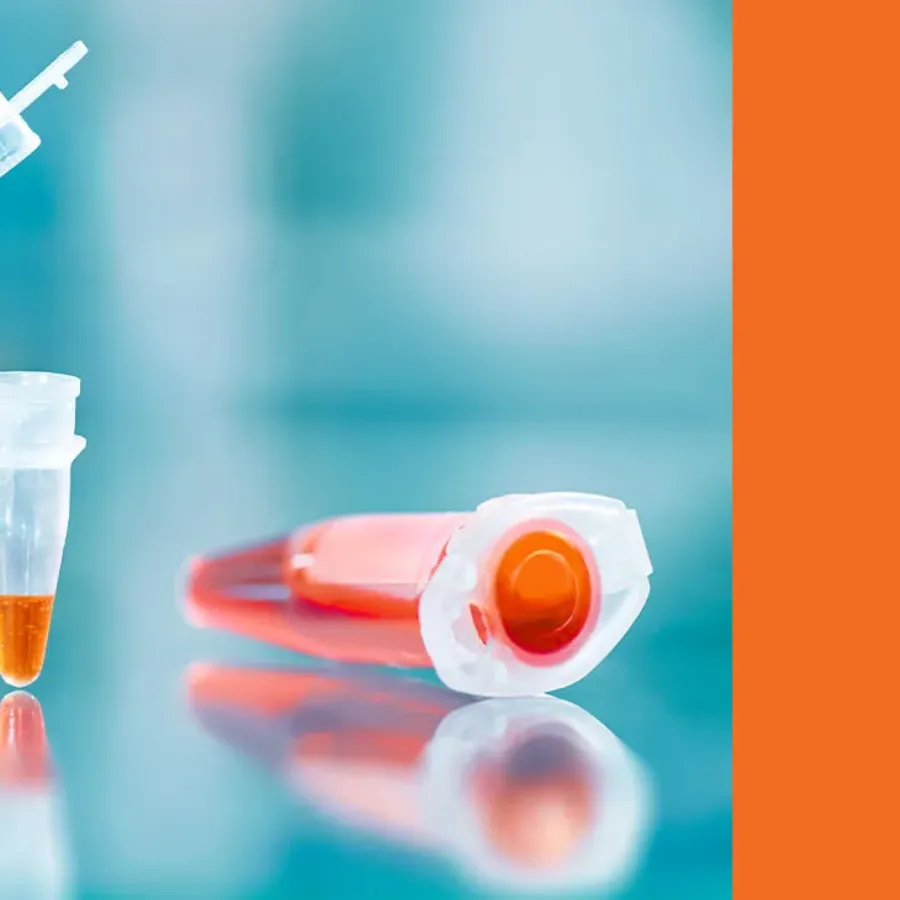
Molecular Biology Services
KCAS Bio provides comprehensive bioanalytical laboratory services to support the development of cell and gene therapies from its purpose-built facilities in the US and Europe. Techniques and services include ddPCR, qPCR, Cell-Based Assays, Receptor Occupancy, Cell-Sorting, Biodistribution, Viral Shedding, Immunogenicity and Biomarkers.

Molecular services, purpose-built expertise
The KCAS Bio team has over 100+ years of combined experience in molecular services to support pre-clinical and clinical trials in various species, developing and validating methods and analyzing samples from a wide range of matrices. Whether a method is transferred or requires method development and validation, KCAS Bio will listen and support the best path forward.
KCAS Bio adheres to FDA-GLP good laboratory practices for cell and gene therapies. Our new state-of-the-art facility has a unidirectional workflow with two dedicated preamplification areas and a dedicated post-amplification area.

Full array of molecular capabilities
KCAS Bio offers a complete array of genomics-based assays using modern platforms. From discovery, preclinical studies through clinical trials, KCAS Bio is a highly experienced provider in supporting advanced modalities. Our team has expertise in biodistribution studies, molecular genomics, pharmacokinetic/pharmacodynamic (PK/PD), and biomarkers. Our dedicated team works in a built-for-purpose laboratory and works closely with customers on their programs. Our scientists have worked with many types of drug candidates.
KCAS Bio offers real-time quantitative (qPCR) and reverse transcriptase PCR (ddPCR)
Molecular services
- SiRNA/mRNA
- Adeno-associated virus (AAV)
- CAR-T therapy
- Polymers
- Enzyme replacement therapy
- Lipid nanoparticles
- CRISPR/Cas9
- Oligonucleotides
- Targeted delivery mechanisms
qPCR & ddPCR experience
- Assessments of nucleic acid therapeutics, including biodistribution/shedding studies and quantitation of the transgene mRNA for gene and cell therapies
- VCN (vector copy number)
- Gene expression analysis
- Cytokine mRNA profiling in immune response
- Biomarker assessment
- CYP mRNA induction
More to the puzzle
KCAS Bio is rapidly embracing the advancement of using AI to support our teams in producing the highest quality data – to assure the highest levels of quality and integrity.
In addition to the services listed above, KCAS Bio also offers additional gene product expression product analysis via LC-MS, Hybrid LC-MS, flow cytometry, ELISA, MSD, Luminex and additional ligand binding platforms to support all phases of drug development.
Moreover, we have experience in cell-based neutralizing antibody assays, anti-drug antibody (ADA), protein product delivery vector, and bioanalysis by ion-pair liquid chromatography coupled with mass spectrometry (via LC-MS/MS) and IP-LC-UV.
Interested in Flow Cytometry? KCAS Bio provides custom assay development, validation, sample processing and consulting services for a wide variety of applications. We measure a variety of targets on a wide range of cells, including T cells, B cells, macrophages/monocytes, basophils, neutrophils, dendritic cells and cell-derived particles.
Tell us how we can help with your project
We've earned our reputation for delivering reliable, error-free data. We understand the importance of speed, flexibility, and consistency and only make promises we can keep.
Our people
Related services
Resources & insights
 Blogs
Blogs
The bioanalysis world has exploded with the need for molecular assays (qPCR, dPCR, NGS, Hybridization technologies) due to the demand for both biodistribution/PK and PD/BM analysis of various drug modalities. Many of these molecular assays have been around for decades and are now routine methods. CLIA and reference labs have…
 Blogs
Blogs
Polymerase Chain Reaction (PCR) has revolutionized molecular biology by enabling the rapid and precise amplification of DNA sequences. Since its invention by Kary Mullis in the 1980s, PCR has become an indispensable tool in both research and diagnostic applications. From identifying genetic disorders to detecting infectious diseases, PCR’s versatility has…
 Blogs
Blogs
Polymerase chain reaction (PCR) assays (including digital PCR and quantitative PCR) can be used to detect and measure nucleic acids such as DNA, RNA, small RNAs, and non-coding RNAs. What may be surprising is how few guidelines and whitepapers are available for bioanalytical support for regulated Bioanalysis by dPCR and…

Agile, responsive, and easy to work with
We prepare and adapt our services based on a deep understanding of your drug development ambitions and wider business objectives.